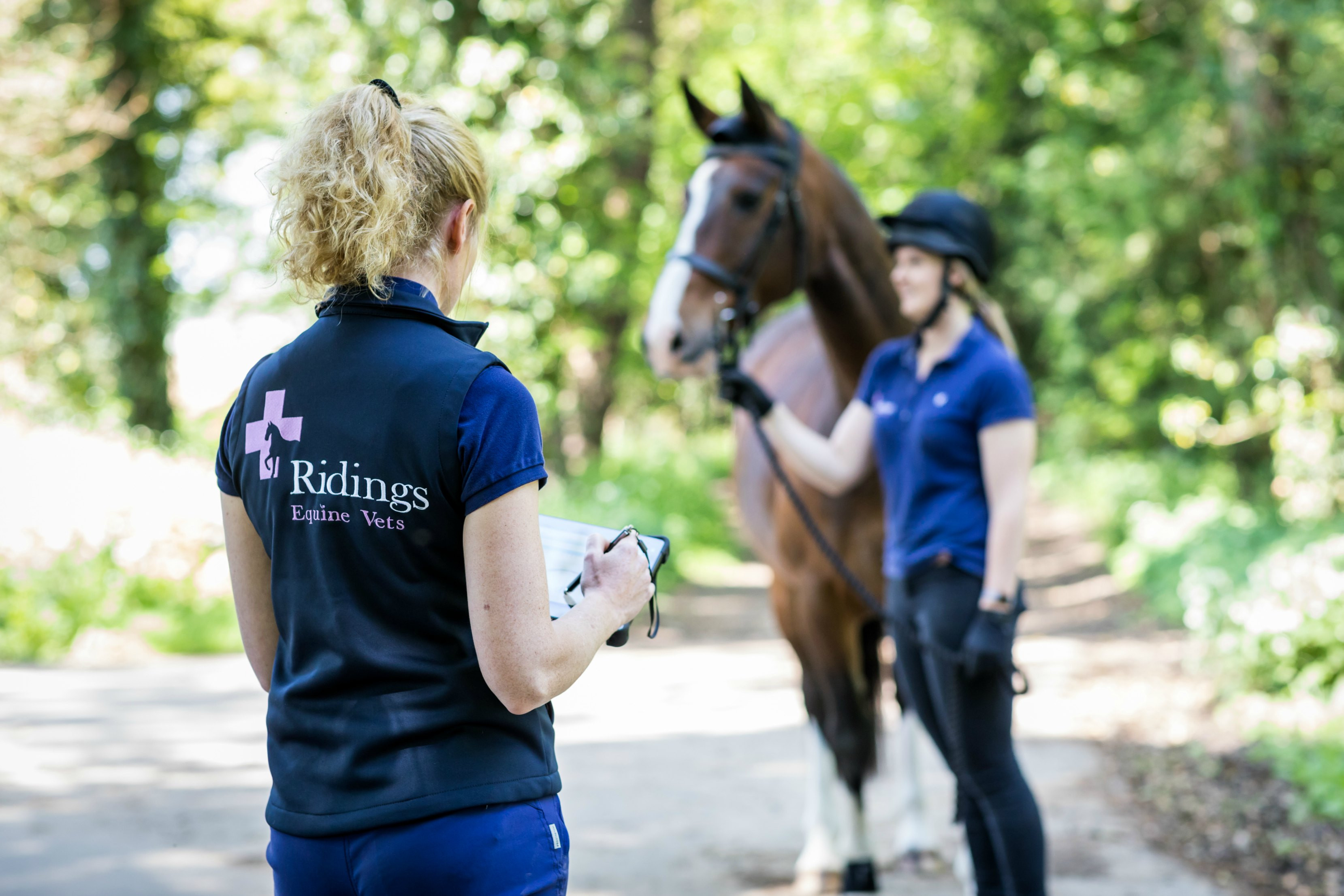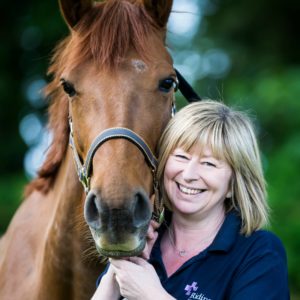Pre-purchase Examination (vettings)
Jenny has previously written about common reasons why horses fail vettings and what the difference is between a 2-stage and 5 stage pre-purchase examination – follow the links to find out more!
But what is involved in a vetting and why consider one in the first place?
What do we do?
Pre-purchase exams are a detailed examination of a horse you are looking to buy – we run through a number of set checks which include:
First we check the identity and ownership of the horse – including scanning for a microchip and checking their passport. We will usually ask some questions about the horses past.
We will examine the general appearance, weight, alertness.
Examine skin, ears, eyes, heart and lungs, teeth and genital areas.
Examine back, pelvis, limbs, hooves, conformation.
See the horse moving in a straight line which must be on a firm surface – including flexion tests of each limb, circling and backing up.
Examine your horse on the lunge – including on a firm surface.
In 5-stage examinations we will also see your horse in exercise, preferably ridden:
Ridden at walk, trot, canter and fast canter – including on circles.
A period of fast exercise long enough to hear your horse out of breath and tire them.
Listen to their heart and lungs again.
Observe them resting for around 10 minutes.
A final trot up +/- flexions /lungeing.
A blood sample is taken – this can be tested for the presence of drugs, or for health issues and is stored for 6 months.
We require – a hard area or lane suitable to trot up the horse, a firm area suitable to lunge them on (usually a car park is OK if not too stony) and a soft surface such as an arena or suitably dry field to see them lunged – and ridden if a 5-stage examination. Suitable equipment to lunge will be needed, and for a 5-stage examination the horse’s usual tack and a jockey! The passport also needs to be present.
What are we looking for?
When we perform a vetting we are looking for anything that is likely to stop your horse performing – either currently or in the future, or problems that could affect your insurance cover, the value of the horse, or is likely to incur costs to manage in the future.
Some things would lead to a horse being unsuitable for purchase which we see on a vetting include:
lameness
back pain
issues with vision
significant heart problems
very poor conformation
some sarcoids
Vettings are really ‘risk assessments’ – we are making a judgement whether our clinical findings are likely to cause you a problem in the future. For example, we know most heart murmurs heard in horses are very unlikely to stop a horse performing, but certain loud (high grade) murmurs at times within the heartbeat, or arrhythmias are much more likely to cause problems such as exercise intolerance or in some cases collapse.
A finding on a vetting may not stop the horse performing their job, but may affect your decision to purchase a horse – for example sarcoids that may affect the cosmetic appearance of a horse, their re-sale value, and incur the cost of treatment required to resolve or manage them.
A pre-purchase examination is also often required if you are insuring your horse – with high value horses requiring a 5-stage vetting. Very high value horses may also require x-rays to be taken. This is something you can ask an insurance company prior to purchase of a horse to check if a vetting will be required.
Although a vetting is not a guarantee your horse will not develop a problem in the future, we do often find issues in horses which have not been vetted which were likely to have been present when the horse was purchased. We recommend a full 5-stage examination in ridden horses and a 2-stage examination in lower value non-ridden horses (such as brood mares or companion horses).
Adam x
(March 2018)

